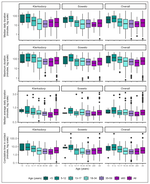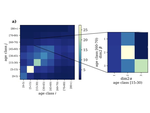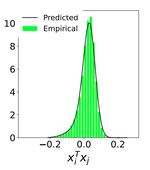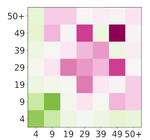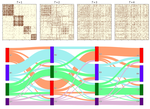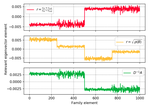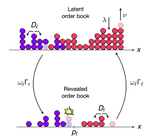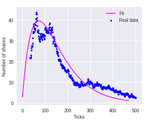Biography
I am currently a postodoctoral fellow in the group led by Prof. Ciro Cattuto at the ISI foundation in Turin, Italy. Im also an assistant professor at University of Torino, teaching a course on complex networks. My work focuses on the analysis of complex, temporal and proximity networks, with a particular emphasis on finding appropriate and interpretable representations of these high-dimensional data structures. I use methods at the crossroad of statistical physics, mathematics and computer science. My interests span from theoretical problems to data driven ones with applications to social sciences, epidemiology and human behavior modeling.
Interests
- Graph science
- Machine learning
- Data for good
- Data science
- Statistical physics
Education
-
PhD in signal, image, speech and telecommunications, 2021
Université Grenoble Aples
-
Master degree in Physics of complex systems, 2018
Politecnico di Torino
-
M2 in Physics of complex systems, 2018
Paris Sud (XI)
-
BSc in physical engineering, 2016
Politecnico di Torino


